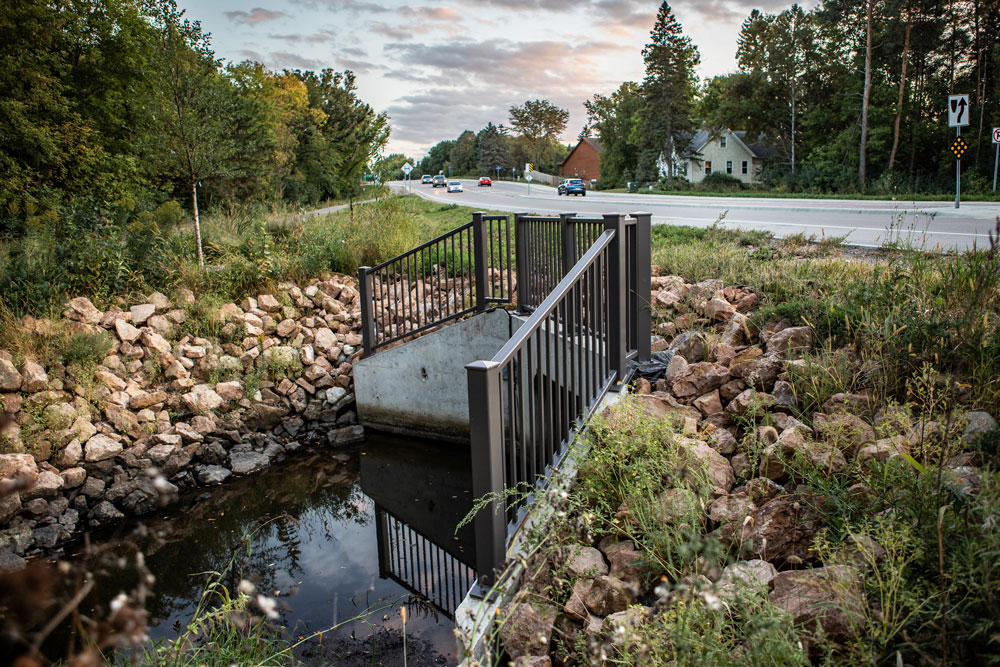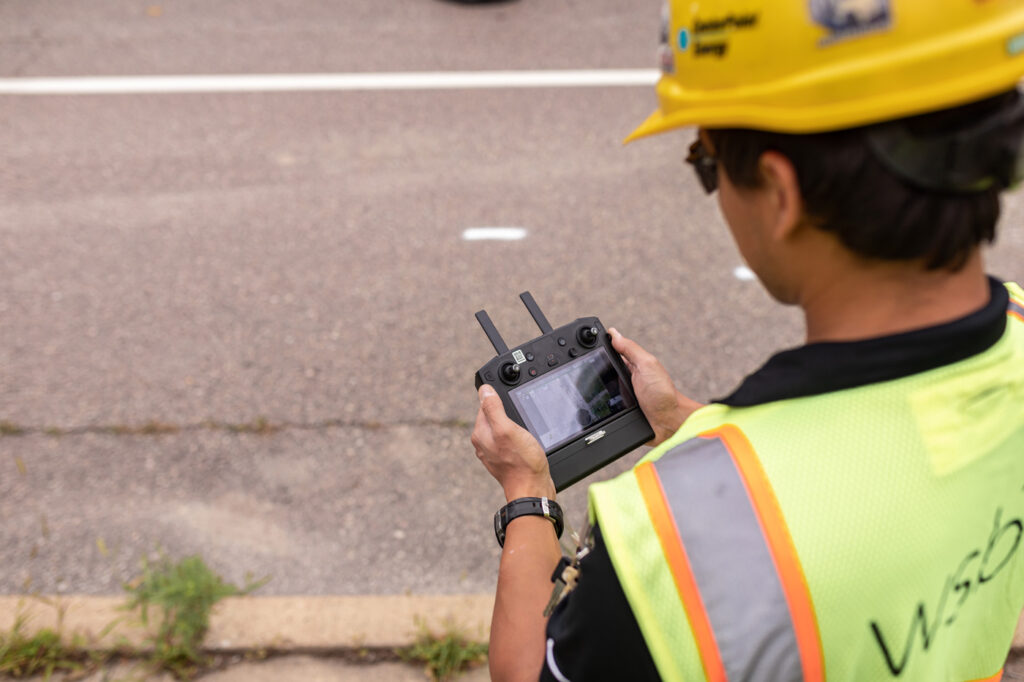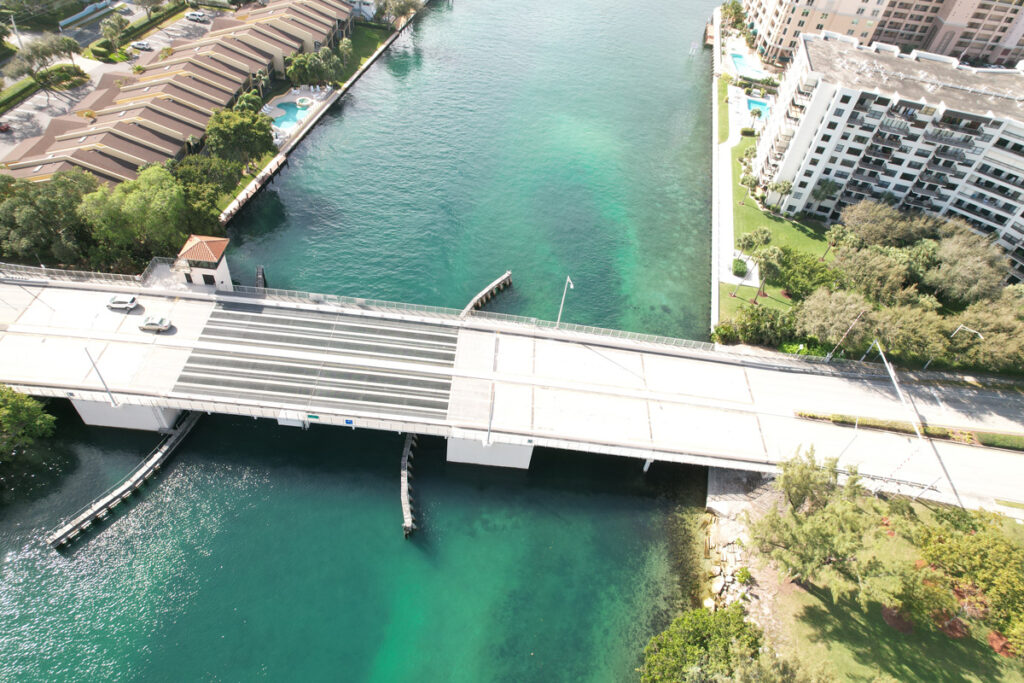By Jake Newhall, Director of Water Resources, WSB
April 15, 2024
Stormwater infrastructure around the country is being put to the test by age and deterioration as well as climate change events and abnormal weather like droughts and unusually intense rainfalls. With that in mind, communities need to follow five steps in order to create resilient stormwater infrastructure. The goal is to limit stormwater-related risks and to properly fund critical projects. Those steps can be simplified down into Identification, Project Development, Planning, Funding and Building.
Identifying Infrastructure Needs
Knowing is half the battle. Before a project can begin, a community must understand what their needs are with a specific focus on aging and failing infrastructure. If stormwater infrastructure fails, roads, nearby buildings and residences could be put at risk.
Developing a Resilient and Sustainable Project
The project development step is where you answer a multitude of questions on the project’s objectives and scope. First and foremost, is the project feasible from a financial or construction standpoint? What resilient solutions are being included to properly develop the updated infrastructure so it will last? In addition, what are the benefits of the project? Identifying the problem and answering these questions will allow for a much easier transition into the next steps like applying for grant funding. For example, regular maintenance of existing infrastructure will find little opportunity for grant funding. Developing your project with the set goal of improving infrastructure to become more sustainable and resilient will drastically improve your chances.
An example of improved resiliency is developing your infrastructure to respond to changing climates and abnormal weather conditions. Is your infrastructure project designed to handle prolonged droughts or intense rainfalls or intense snow melts?
From a stormwater perspective, a more sustainable project can include aspects like increased storage and volume control and a more efficient outlet system. Being able to retain the stormwater on site and slowly release it to downstream systems will not only better protect your community and those downstream, but can also lead to improved water quality.
Planning For Success
The third step can be simplified into making a plan. Collecting every aspect of the project into a planning document will set up a community for success. With no absolute assurances that grant funding will be accessible, the planning step gives communities the confidence that their project and the intent to update and revitalize their stormwater infrastructure, is not just a hope, but a tangible path to success.
Obtaining Grant Funding
The next step is grant funding. Recent policies from the federal and state government have created ample opportunity for bringing greater resiliency to stormwater infrastructure. For example, the Infrastructure and Jobs Act included over $50 billion in available federal funds towards drinking water, wastewater and stormwater infrastructure. Similarly on the state level, the Minnesota Pollution Control Agency recently announced $35 million in grant funding for stormwater resiliency projects. There are a variety of types of grants that all focus on different goals.
Building Resilient Stormwater Infrastructure
Finally, once all the previous steps have been completed to satisfaction, the final phase of developing resilient stormwater infrastructure is building. During this step, the project is fully designed and construction begins. As the final step is completed, your community will have transformed aging infrastructure into a success story that protects your community, those around it, and creates a more sustainable environment.
How WSB Can Help
The vast knowledge and experience at WSB will help clients find solutions to stormwater management. If a community has identified a need, WSB can build off even a tiny idea to help make it fit from project development all the way through construction. With WSB’s talented team of experts, a community will have a trusted partner who can help ensure a project is funded and built efficiently and effectively.
Jake has more than 15 years of engineering experience designing and managing many types of water resources projects, including modeling, planning, design, maintenance programs, and construction. Jake has worked with various municipalities, counties and state agencies to solve challenging water quality and water quantity problems.
[email protected] | 763.231.4861





